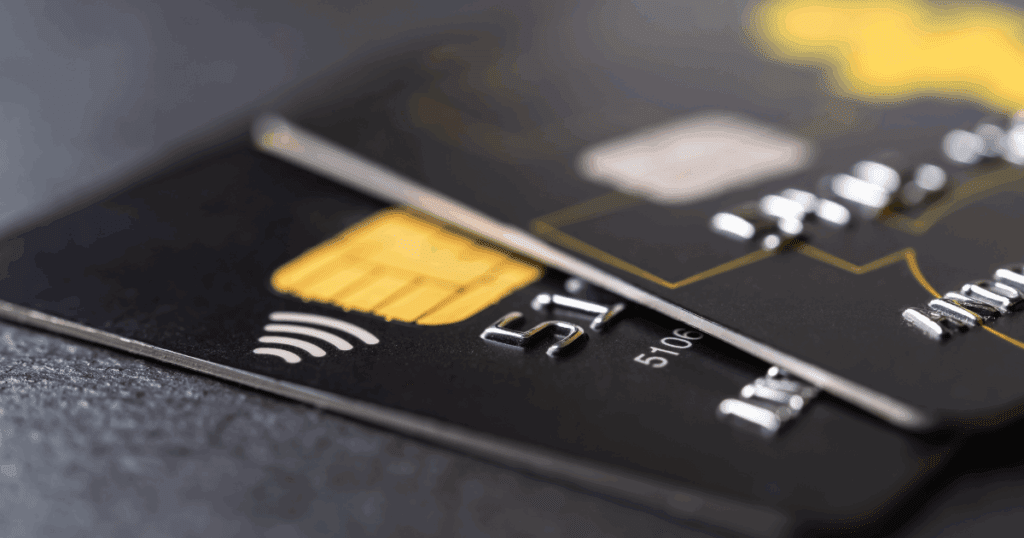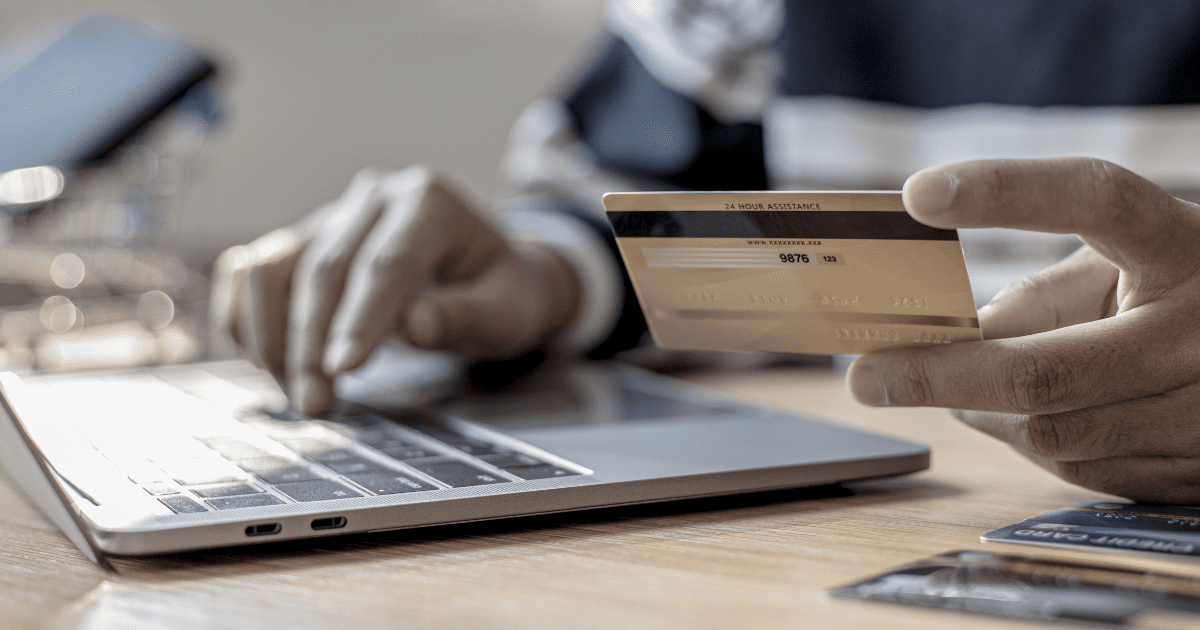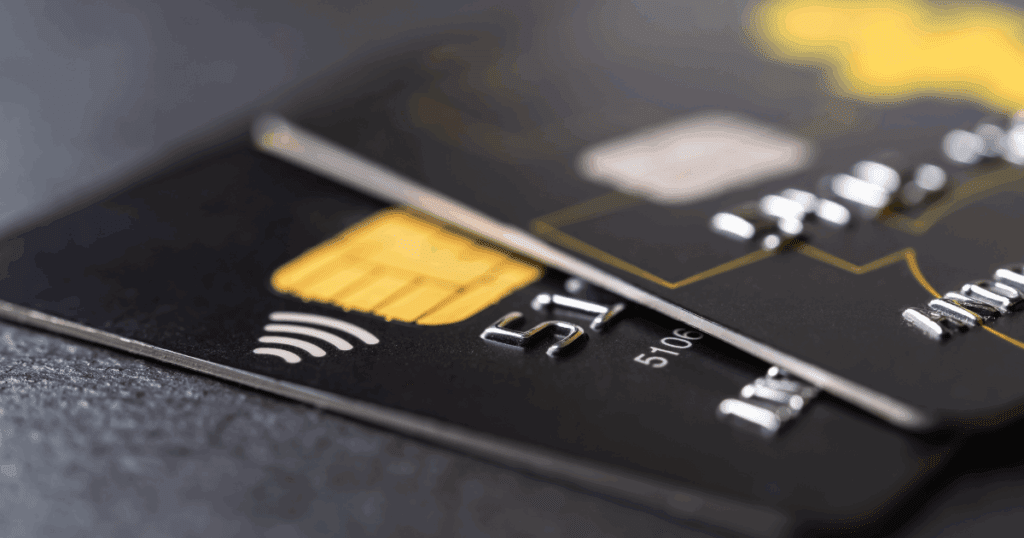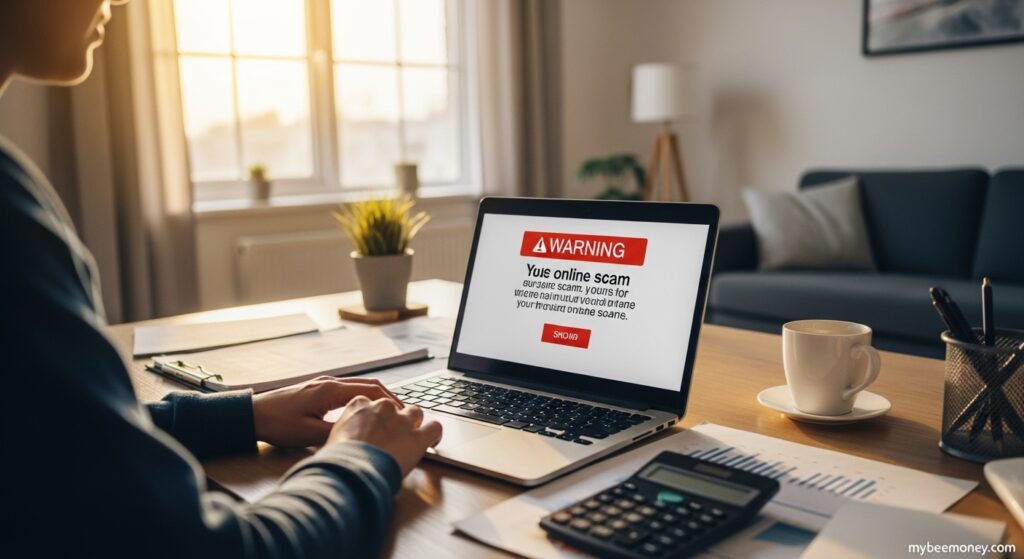- What Is a Debit Card and How Does It Work?
- Keeping Track of Your Account Balance
- The Importance of Budgeting
- Utilizing Overdraft Protection Services
- Avoiding Debit Transactions When Uncertain
- Monitoring Pending Transactions
- Managing Subscription Services
- Communication with Your Bank
- Frequently Asked Questions (FAQ)
- Can I get charged an overdraft fee if I don't opt-in for overdraft protection?
- What fees are typically associated with overdraft services?
- Why is my available balance different from my current balance?
- How can I prevent overdrafts without using a bank-related service?
- Are refunds affected by overdrafts?
- Conclusion

How often do we hear stories of individuals grappling with the harsh reality of bank charges due to overdrawing from their debit accounts? The statistics are quite telling—millions of people in the United States alone face overdraft fees every year, adding unnecessary financial strain to their lives. But how can you better manage your spending and avoid these unpleasant surprises? The answer lies in understanding how to use a debit card without overdrawing.
What Is a Debit Card and How Does It Work?
A debit card is a versatile financial tool that enables consumers to pay for goods and services directly from their checking accounts. Unlike credit cards, which allow you to borrow money up to a certain limit, debit cards draw directly from the funds you actually have. When used wisely, they can provide convenience and control over your spending. However, misunderstanding your account balance can lead to an overdraft, where you spend more than you have and incur additional fees.
| Aspect | Debit Card | Credit Card |
|---|---|---|
| Funds Access | Directly from checking account | Borrowed money |
| Interest | No interest applied | Interest may apply |
| Overdraft Risk | Can occur if spending exceeds balance | No overdraft, but debt can increase |
| Spending Limit | Limited to account balance | Limited to credit limit |
Understanding these fundamental differences is crucial to making informed decisions about your spending behavior and avoiding unnecessary financial pitfalls.
Keeping Track of Your Account Balance
The cornerstone of preventing overdrafts is maintaining an accurate and up-to-date knowledge of your account balance. It sounds simple, yet many people neglect this step and leave themselves vulnerable to overspending. There are several easy ways to accomplish this. Online banking and mobile apps provide real-time access to your account information, including your balance. By regularly reviewing your transactions, you can ensure every payment is recorded and there are no unexpected charges.
Moreover, setting up alerts for low balances can warn you when you’re approaching your account’s limit. Many banks offer customizable alert systems—whether through text message or email—that notify you when your balance falls below a designated amount. It’s an invaluable feature that provides a safety net against accidental overdrafts.
“Knowing your balance is crucial. It’s the simplest way to avoid overdraft fees and maintain control over your finances.” – Financial Expert
The Importance of Budgeting

Why is budgeting hailed as the best defense against overdraft fees? Simply put, it acts as your financial blueprint, ensuring you live within your means. Begin by listing your regular income and compiling all monthly expenses. Fixed expenses like rent, utilities, and insurance are generally predictable. However, variable expenses such as groceries and entertainment require more attention to avoid surprise costs that can push your account into the red.
Developing a robust budget allows you to allocate funds appropriately. When you know exactly where every dollar should go, you’re much less likely to spend beyond your balance. Additionally, frequently reviewing and adapting your budget ensures it remains up-to-date and reflective of your current financial situation.
Utilizing Overdraft Protection Services
An overdraft protection service links your checking account to a savings account or a credit line. In the event you try to spend more than your account balance, funds are automatically transferred to cover the shortfall, preventing an overdraft. Many banks offer this service, but each has its nuances and associated fees.
1. Verify the terms: Understand the kind of protection your bank offers and any associated fees.
2. Compare alternatives: Some institutions might offer better terms, so it’s worth exploring multiple options.
3. Consider automatic transfers: These can save you from overdraft fees, but often come with their own costs.
4. Evaluate necessity: Ensure that the cost of overdraft protection is less than potential overdraft fees to make it worthwhile.
Remember, while overdraft protection can be helpful, it’s not an excuse for poor financial management. Rather, it’s a temporary buffer for those “just in case” moments.
Avoiding Debit Transactions When Uncertain

At times, choosing a different payment method can prevent the risk of overdrawing. For instance, if you are uncertain about the current balance in your checking account, it might be safer to use a credit card. Credit cards offer the advantage of a balance that isn’t directly linked to your checking account, thus providing a safeguard until you can confirm your available funds.
Using credit is strategic when awaiting a pending deposit or after making a big purchase that hasn’t been reflected in the account yet. Careful monetary planning lets you enjoy the benefits of debit cards without the fear of unintentional expenses overrunning your balance.
Monitoring Pending Transactions
Did you know that pending transactions can impact your available balance, even though they haven’t officially been deducted? These hold amounts can linger, misrepresenting the funds you actually have access to. For instance, gasoline stations often place holds larger than the fill-up on your account to ensure payment. They later adjust the charge but not immediately.
By being aware of how these holds affect your account balance, you can avoid spending beyond what’s truly available. Regular checking of pending transactions ensures you won’t inadvertently make another purchase that pushes you into overdraft territory.
Managing Subscription Services
Subscriptions are convenient until they become the silent creeper that consumes your account balance unawares. With so many subscriptions—streaming services, meal kits, software—you might lose track of what’s due and when.
To guard against overdrafts caused by these recurring payments, maintain a calendar specifically for subscription billing dates. Consider setting up reminders a few days in advance to confirm you have sufficient funds in your account. This simple but effective strategy helps keep automated payments from catching you off guard.
Communication with Your Bank
Maintaining an open line of communication with your bank can be effectively used to avoid overdraft penalties. If you have a close relationship with your bank or credit union, they may be willing to waive fees if you rarely overdraw and regularly maintain contact. Additionally, inquiring about account features and protections your bank offers can broaden your understanding and aid in financial management.
Banks offer educational resources, financial advisors, and tools for their customers. Engaging in these resources can provide peace of mind and potentially save you the costs associated with repeated overdrafts.
Frequently Asked Questions (FAQ)
Can I get charged an overdraft fee if I don’t opt-in for overdraft protection?
No, if you don’t opt-in, most debit transactions that would overdraw your account are typically declined. However, some non-debit transactions like checks might incur an overdraft fee even if you haven’t opted in.
What fees are typically associated with overdraft services?
Overdraft services can incur transfer fees each time funds are moved from a linked account or credit line to cover a shortfall. It’s essential to understand these fees before enrolling in any protection services.
Why is my available balance different from my current balance?
Pending transactions, deposits not yet cleared, and holds placed by merchants can cause differences between these two balances. It’s important to consider these factors before making further transactions.
How can I prevent overdrafts without using a bank-related service?
Adopting a proactive budgeting approach, avoiding uncertain debit transactions, and maintaining awareness of pending transactions are all effective strategies to avoid overdrawing without additional bank services.
Are refunds affected by overdrafts?
If a transaction results in a refund, it typically restores the deducted amount back into your account; however, any overdraft fees incurred prior to the refund are usually not reversed. It’s best to verify with your bank for specific policies.
Conclusion
Managing a debit card responsibly requires more than just monitoring your balance—it involves educating yourself on account terms, setting up safeguards, and being disciplined in your spending behavior. By adopting these strategies, you can effectively thwart overdraft fees and gain greater confidence in your financial health. Remember, the key to becoming financially savvy lies in making informed decisions and leveraging the tools available to you for maintaining fiscal balance.













